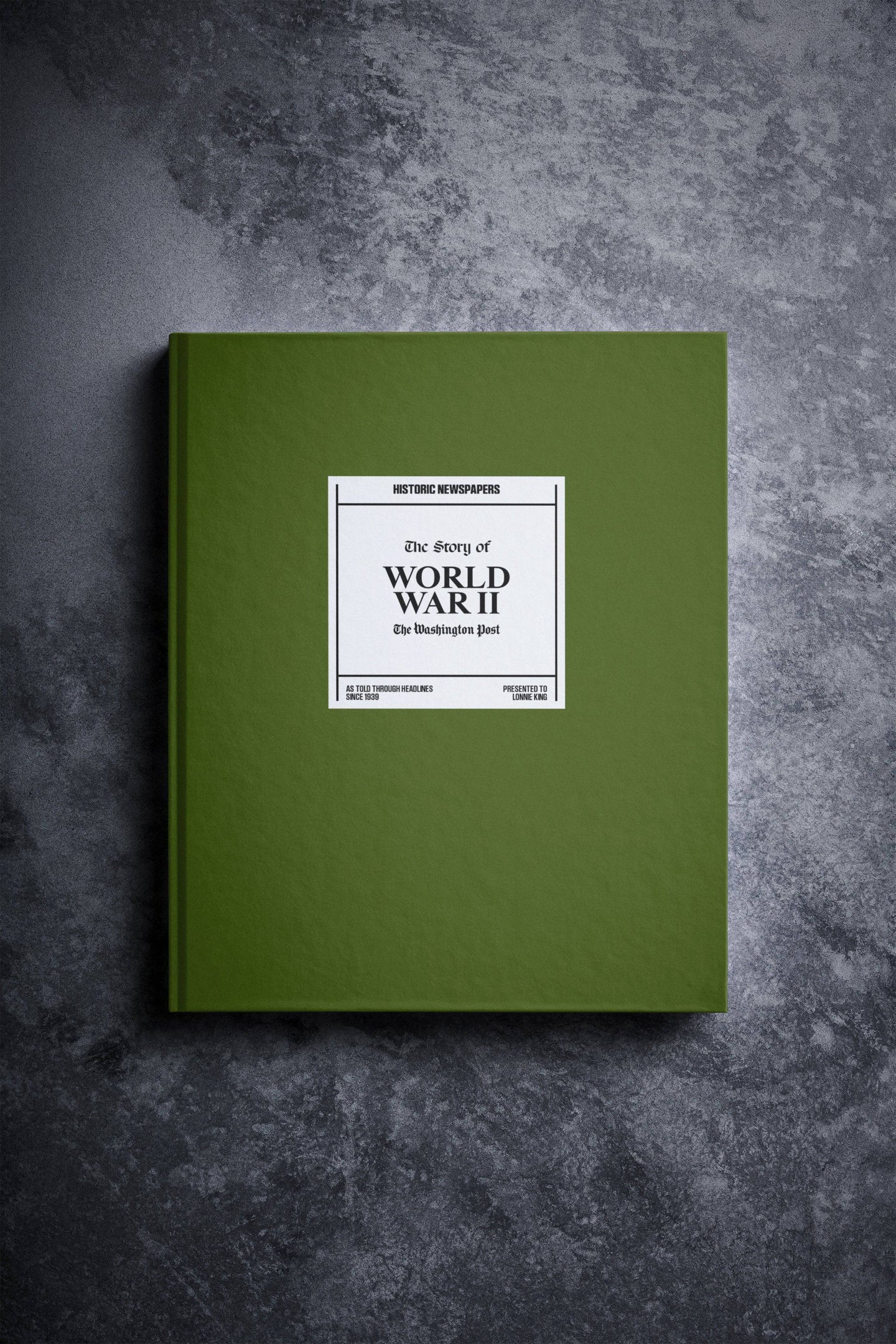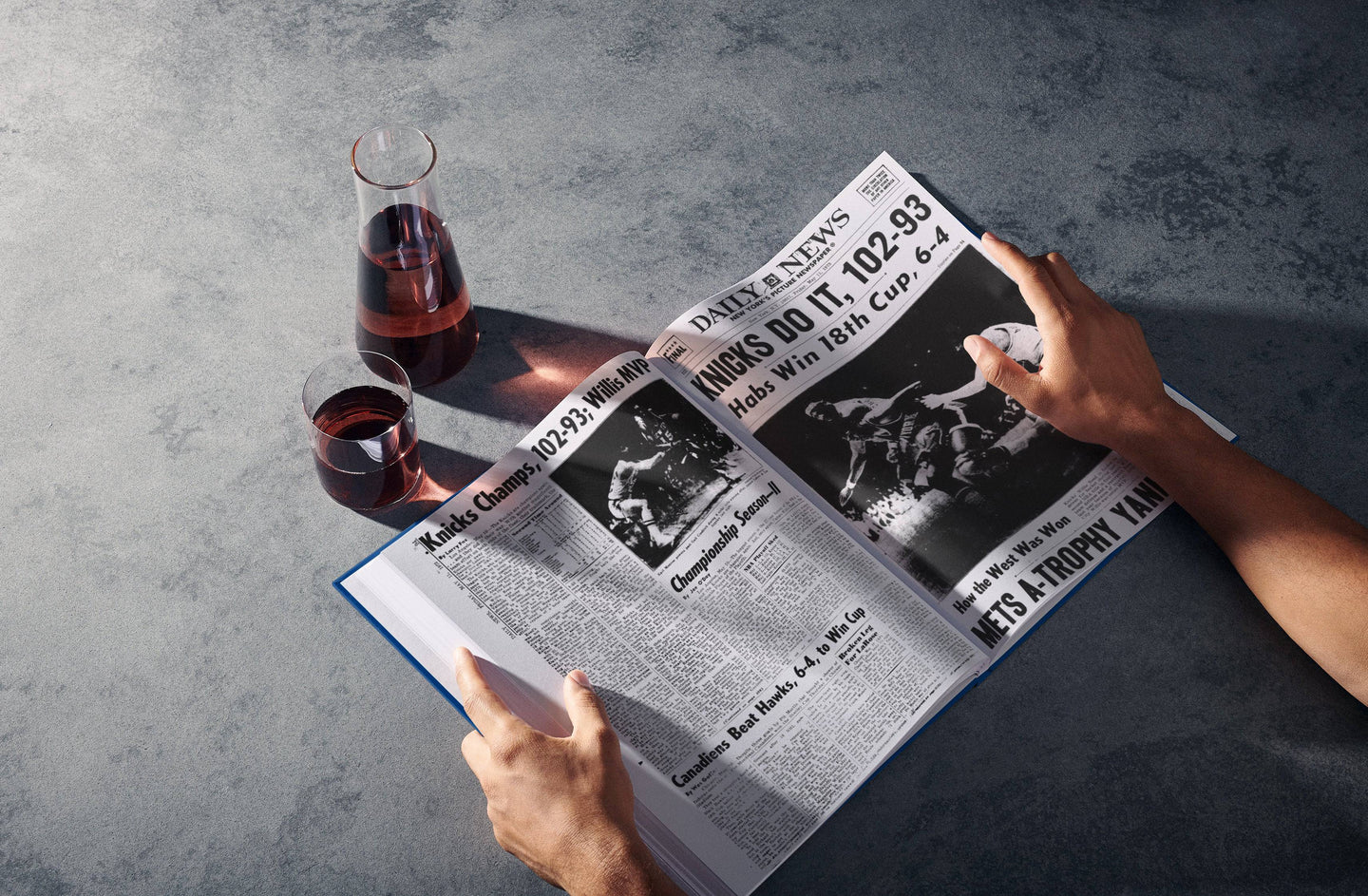The murder of Archduke Franz Ferdinand, heir to the Austrian throne, is a major historical event that shocked the world. The Franz Ferdinand assassination took place in June 1914 and was carried out by a Bosnian-Serb and radicalist named Gavrilo Princip. The catastrophic event reveals a lot about the political and social tensions that characterised the beginning of the 20th century. This single assassination set in motion a domino effect of events which would inevitably lead to the outbreak of World War I.
Why was Franz Ferdinand assassinated? What happened on the morning of the assassination? And what reasoning is there to say that this singular event was the cause of World War I? In this post we will discuss each of these questions and provide a detailed insight into the assassination of Archduke Franz Ferdinand, and how the event was connected to the inception of World War I.
Turn the page to:
- Why Was Franz Ferdinand Murdered?
- How The Murder of Franz Ferdinand Unfolded
- A Catalyst for World War One

Franz Ferdinand and his family
Image: Flickr
Why Was Franz Ferdinand Murdered?
To understand why the death of Franz Ferdinand took place on 28th June 1914, we must first understand the historical and political context of the time in which the incident occurred.
The early 20th century was a tumultuous time for Eastern Europe, where empires fought for control of the Balkan countries and the people suffered as a result. The Bosnian Crisis of 1908 saw Bosnia and Herzegovina annexed from Austro-Hungary. Bosnia and Herzegovina were still formally provinces of the Ottoman Empire, who had controlled them in the past. Austria-Hungary had attempted to improve the valuable region economically, and to tie it to Austria-Hungary. July 1908 saw the Young Turks staging a revolution in Constantinople (Istanbul). During this revolution they commenced a reform program, and as a result Austria-Hungary decided to annex Bosnia and Herzegovina before the Turkish regime managed to gain control of the provinces.
Serbia wasn’t at all happy about Austria-Hungary’s decision. Serbia was close to Bosnia and Herzegovina both geographically and ethnically. The provinces were home to a huge Serbian population, and the annexation caused outrage among Serbian nationalists. Serbia demanded that Austria-Hungary give them a portion of Bosnia at least, and Austria, with support from Russia, declined and threatened Serbia with invasion if the demands continued to persist.
So what did unsuspecting Archduke Franz Ferdinand have to do with it all?

Archduke Franz Ferdinand
Image: Wikimedia Commons
Archduke Franz Ferdinand was heir to the Austro-Hungarian empire, and he had opposed the annexation of Bosnia and Herzegovina because he believed it would worsen the turbulent political situation. Ferdinand had voiced his thoughts about Serbian people, using an unpleasant vocabulary filled with words like “pigs”, “thieves” and “murderers”.
Upon hearing that the Archduke and heir to the Austro-Hungarian Empire was to visit Sarajevo, a group of young Bosnian student revolutionaries known as the Young Bosnians began hatching a plot to assassinate him. If it worked, this would act as a message and a threat to the Austro-Hungarian government. The turbulent political situation and bitter relations resulted in the tensions materialising in underground radical movements.
Since Serbia won the Balkan Wars of 1912 and 1913 it had become a source of frustration for Austria-Hungary. Serbia had doubled its territory and increased its population by 1.5 million since the Balkan wars, and its aim was to unite further territory and people with the Kingdom of Serbia. The people were angry, and the extreme nationalists took this opportunity to voice that anger through an act of terrorism.

Ferdinand’s uniform after the assassination
Image: Wikimedia Commons
How The Murder of Franz Ferdinand Unfolded
The Young Bosnians were a group of radical nationalists from Bosnia who planned the attack on the Archduke. Once their plan was in place, three members Gavrilo Princip, Trifko Grabez and Nedeljko Cabrinovic made their way to Belgrade where they obtained six handheld bombs, four pistols and cyanide capsules which they would use to commit suicide after the attack. They received these items from a terrorist group called the Black Hand, which held close ties with the Serbian army. Then, the men travelled back to Bosnia and Herzegovina, helped by the Black Hand to smuggle their weapons across the border.
The plan was in motion, and the world had no idea.

The Young Bosnians, Princip sits 3rd from the right
Image: Wikimedia Commons
The story of Franz Ferdinand’s assassination begins on the morning of June 28th 1914, when the Archduke and his wife Sophie arrived at the train station in Sarajevo. Ferdinand had come to inspect the Austrian imperial armed forces, despite being warned that potential danger awaited him in the capital in the form of a radical Serbian nationalist organisation.
As the couple travelled from the train station to the town hall by car, the first attack occurred. Nedeljko Cabrinovic, a conspirator, threw a bomb at the car. However, it bounced off and exploded underneath the car following behind, injuring a few passengers. The first assassination attempt was unsuccessful. The conspirators disbanded, thinking their opportunity had passed.
Little did they, or anyone, know that the consequences of a small change of plan was going to set in motion a series of events that would change the fate of the world forever.
After the first assassination attempt, the Archduke and Sophie were due to start making their way home. It wasn’t safe for them in Sarajevo, and they were advised to take a different route than previously planned to avoid any more danger awaiting them. However, the driver wasn’t informed of this change of plan. As they were making their way down Franz Josef Strasse, the street they were meant to avoid, the driver realised his mistake and quickly manoeuvred the car to turn back the way they came.
Meanwhile, the young Bosnian Gavrilo Princip was returning home, disappointed and discouraged after the failed assassination. As the driver tried to turn the car, it came to stop right in front of the place where none other than Gavrilo Princip stood.

Gavrilo Princip
Image: Wikimedia Commons
Princip saw his window, quickly drew his pistol and shot the Archduke point blank in the throat. After a small struggle, he shot Sophie in the stomach. Both were pronounced dead before 11 AM. Princip attempted to commit suicide by swallowing a cyanide capsule, this failed, and instead he was detained. As Princip was only 19 years old he escaped the death penalty, and was instead sentenced to at least 20 years in prison.
Less than 4 years after the assassination, Princip died from tuberculosis in prison. The harsh and unsanitary prison conditions had been worsened by the war, and Princip spent his last years sickly and even had to have his arms amputated.
After the assassination, Princip’s reputation lay somewhere on the spectrum between “terrorist” and “national hero”. In Yugoslavia he was revered as a martyr, and had bridges and museums dedicated to him. His grave in Sarajevo became a pilgrimage site, and a plaque for him reads “Here in this historical place, Gavrilo Princip was the instigator of liberty, on the day of St. Vitus, the 28th of June, 1914.”

A rendering of the assassination
Image: Wikimedia Commons
A Catalyst for World War One
The beginning of the 20th century saw many assassinations and assassination attempts of major political figures on the continent; but what assassination started World War One, or at least set in motion the events that would trigger it?
The assassination of Archduke Franz Ferdinand was the falling domino which set into motion a series of events which would eventuate in the outbreak of World War One. It is widely acknowledged that the assassination of Archduke Ferdinand was the cause of World War One, or at least one of the major events that sparked it.

Franz Ferdinand and wife Sophie in Sarajevo
Image: Wikimedia Commons
It is debatable whether or not World War One can be traced back to a single event, but many historians agree that this was one of the main catalysts which would affect the decisions made by politicians and leaders, and ultimately result in the war beginning one month later. So, how did the assassination of Ferdinand start World War One?
When news spread throughout Europe about the assassination of the Archduke, the general reaction was that of horror and disdain. Ferdinand himself was not exactly the most popular fellow, but his assassination wasn’t seen as a personal attack, rather an attack on the country as a whole.
Following the assassination, the Austro-Hungarian government saw the event as a direct attack on the country. Austria immediately blamed the Serbian government, thinking that they must have instigated the attack, and began to plot ways to seek revenge for what had occurred.
A week after the assassination, the Austrian government then turned to Germany to ask for their support if a war were to break out with Russia, which backed Serbia at the time. Germany agreed to this, and promised Austria their alliance whatever happened. Austria was reassured that they would have Germany’s full support, even if ultimately their actions would result in a world war.
On July 23rd, the Austrian government sent an ultimatum to Serbia. The ultimatum demanded that Serbia admit to being behind the plot to assassinate Ferdinand and being aware of subversive movement within the country. Additionally, it demanded that Belgrade would have to accept the annexation of Bosnia, and issue a formal apology to the press. In reality, Austria was expecting war all along, and it has been said that this ultimatum was simply proposed for appearances sake.
On July 25th Serbia agreed to this ultimatum on one condition, which was that Austrian police would not be granted entry into Serbia. Within 48 hours, Austria had broken all diplomatic relations with Serbia and declared war on the 28th July.
World War One had begun.
Once Austria declared war on Serbia, alliances had to be formed with the other European countries. Germany rallied behind Austria against Russia, and Britain and France found themselves in a complex situation facing an extremely difficult decision. Britain’s dilemma was that if Russia won the war without their support there would be grave consequences. However, if Germany won then they were faced with the prospect of a German dominated continent. On the whole, Britain didn’t feel ready to go to war over Serbia.
Germany’s declaration of war on France and consequent attacks on Belgium, led to Britain keeping a promise made in 1839 to defend Belgium, resulting in Britain declaring war on Germany.


























Follow us